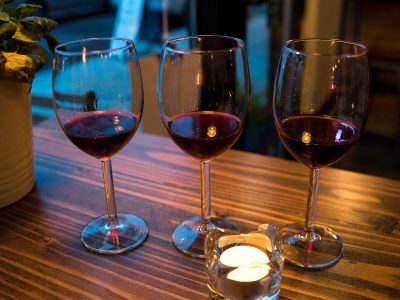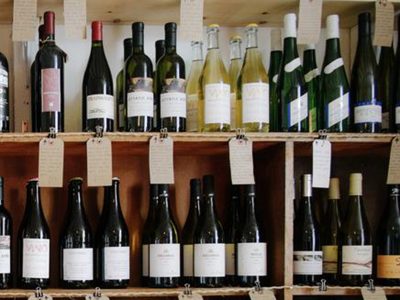Beaujolais nouveau is made with Gamay grapes and is traditionally grown in the Beaujolais region of France. Part of its name derives from its very short fermentation period – only one to two months. This results in very little tannin finding its way into the finished product, leading to a lighter, less bitter wine.
In the mid twentieth century the wine’s popularity grew, and races were frequently held to get the wine into shops as soon as possible. The slogan of “Le Beaujolais nouveau est arrive!” encapsulated the excitement and came to be used whenever the wine arrived at its destination, attesting to its popularity.
There are now over 100 Beaujolais nouveau festivals held in the Beaujolais region every year. The most famous of which, Les Sarmentelles, lasts for five days and features wine tasting, dancing and live music.
However, the 2012 harvest was marred by bad weather with frost, hail and vine diseases such as mildew affecting the crop, according to Daniel Bulliat, chairman of the annual Beaujolais nouveau festival in Beaujeu, France.
Beaujolais is released around the world on 21 November – here’s how to mark the occasion and enjoy the day in style
It’s that time of year again – at a minute past midnight on 21 November, the first eagerly anticipated bottles of Beaujolais nouveau will be opened across the world.
For Cardiffians wishing to celebrate their own Francophile Beaujolais nouveau evening, Gilbert Viader of Viader Vintners advises: “Make it fun and don’t be too ambitious.” Beaujolais is a fun wine, he says, so aim for a light, relaxed evening.
Prices per bottle range from around £8 to £30 for the more expensive varieties.
For food, starters often include Vichyssoise soup or, for the adventurous, snail fricassee. This can be followed by traditional French dishes like steak au poivre or beef bourguignon.
Add in some Serge Gainsbourg (or a friend with an accordion) and you’re all set to enjoy the evening in style.
Beaujolais nouveau is made with Gamay grapes and is traditionally grown in the Beaujolais region of France. Part of its name derives from its very short fermentation period – only one to two months. This results in very little tannin finding its way into the finished product, leading to a lighter, less bitter wine.
In the mid twentieth century the wine’s popularity grew, and races were frequently held to get the wine into shops as soon as possible. The slogan of “Le Beaujolais nouveau est arrive!” encapsulated the excitement and came to be used whenever the wine arrived at its destination, attesting to its popularity.
There are now over 100 Beaujolais nouveau festivals held in the Beaujolais region every year. The most famous of which, Les Sarmentelles, lasts for five days and features wine tasting, dancing and live music.
However, the 2012 harvest was marred by bad weather with frost, hail and vine diseases such as mildew affecting the crop, according to Daniel Bulliat, chairman of the annual Beaujolais nouveau festival in Beaujeu, France.






